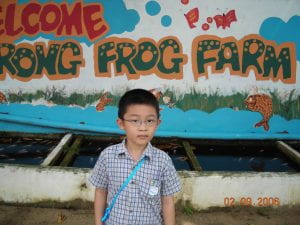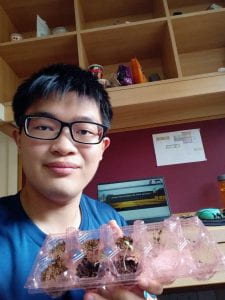I love eating – who doesn’t? Growing up in Singapore, we often feel quite removed from food production. I remember having a lot of fun visiting places like the Yakult factory, Oh Chin Huat farm, and Sunshine bakeries during school field trips. Everything felt so foreign and we may even get a free sample to bring home!
Our supermarkets have always been well-stocked. This all changed when Malaysia announced its Movement Control Order due to the COVID 19 pandemic. Panic buying ensued, and shelves went empty. Of course, public fears did not come to pass – despite the MCO there remained a steady supply of food. However, the very sight of empty shelves opened the eyes of many to the importance of food security. That was the first time I heard of measures like a national stockpile of food and diversification of food source.
The first time I heard about the 30 by 30 plan was when I joined a Facebook group about farming in apartments during the Circuit Breaker period. Someone posted the news of the impending closure of Oh Chin Huat Hydroponic Farm, which drew many comments. Some lamented that it was ironic for such a well-established farm to close despite our increased awareness about food security, while others wondered if we could afford to be so nostalgic in our march towards progress.
So what exactly is this 30 by 30 goal? Well, 30×30 calls for us to grow 30% of our nutritional needs by 2030, with no increase to land allocated to agriculture. While this goal was announced in 2019, disruptions caused by the COVID 19 pandemic highlighted the relevance of food security. However, the long-term threat of climate change to our food security remains. Taking the environment as a whole into account, is the 30 by 30 plan the best way forward?
I don’t have the answers now, but that made me think about how our food production may change in the next decade and beyond. There is more to this than just our immediate food security at all costs after all.
I hope to hear your views as we explore different environmental issues together this semester. We all have our blind spots and different perspectives would help to enrich the conversation.
See you next week. In the meantime, I need to figure out what to do with my tomato seedlings!
Cheers,
See Toh Ee Kin


Recent Comments